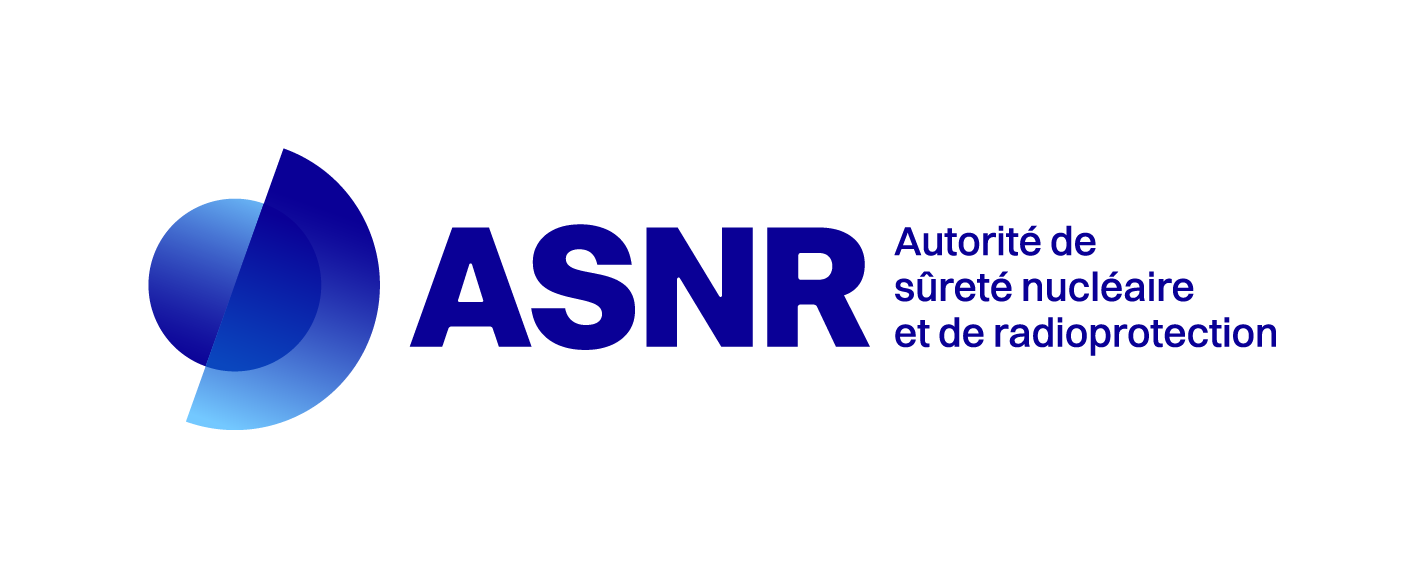Sprays in containment: Final results of the SARNET spray benchmark
Résumé
The influence of containment sprays on atmosphere behaviour, a sub-task of the Work Package WP12-2
CAM (Containment Atmosphere Mixing), has been investigated through benchmark exercises based on
TOSQAN (IRSN) and MISTRA (CEA) experiments. These tests are being simulated with lumped-parameter
(LP) and Computational Fluid Dynamics (CFD) codes. Both atmosphere depressurization and mixing are
being studied in two phases: a ‘thermalhydraulic part’, which deals with depressurization by sprays
(TOSQAN 101 and MISTRA MASPn), and a ‘dynamic part’, dealing with light gas stratification break-up
by spray (TOSQAN 113 and MISTRA MARC2b).
In the thermalhydraulic part of the benchmark, participants have found the appropriate modelling
to obtain good global results in terms of experimental pressure and mean gas temperature, for both
TOSQAN and MISTRA tests. It can thus be considered that code users have a good knowledge of their spray
modelling parameters. On a local level, for the TOSQAN test, single droplet behaviour is found to be well
estimated by some calculations, but the global modelling of multiple droplets, i.e. of the spray, specifically
for the spray dilution, is questionable in some CFD calculations. It can lead to some discrepancies localized
in the spray region and can thus have a high impact on the global results, since most of the heat and
mass transfers occur inside this region. In the MISTRA tests, wall condensation mass flow rates and
local temperatures were used for code-experiment comparison and show that improvement of the local
modelling, including initial conditions determination, is needed.
In this dynamic part, a general result, in both tests, is that calculations do not recover the same kinetics
of the mixing. Furthermore, concerning global mixing, LP contributions seem not suitable here. For the
TOSQAN benchmark, the one-phase CFD calculations recover partially the phenomena involved during
the mixing, whereas the two-phase flow CFD contributions generally recover the phenomena. Moreover,
one important result is also that none of the contributions finds the exact amount of helium remaining
in the dome above the spray nozzle in the TOSQAN 113. Discrepancies are rather high (above 5%vol of
helium). Results are thus encouraging, but the level of validation should be improved. The same kind of
conclusions can be drawn for the MISTRA MARC2B tests.
As a conclusion of this SARNET spray benchmark, the level of validation obtained here is encouraging
for the use of spray modelling for risk analysis. However, some more detailed investigations are needed
to improve model parameters and decrease the uncertainty for containment applications as well as to
increase the predictability of the phenomena within the containment analyses. Further activities are well
encouraged on this topic, such as numerical benchmarks on analytical separate-effect experiments.




